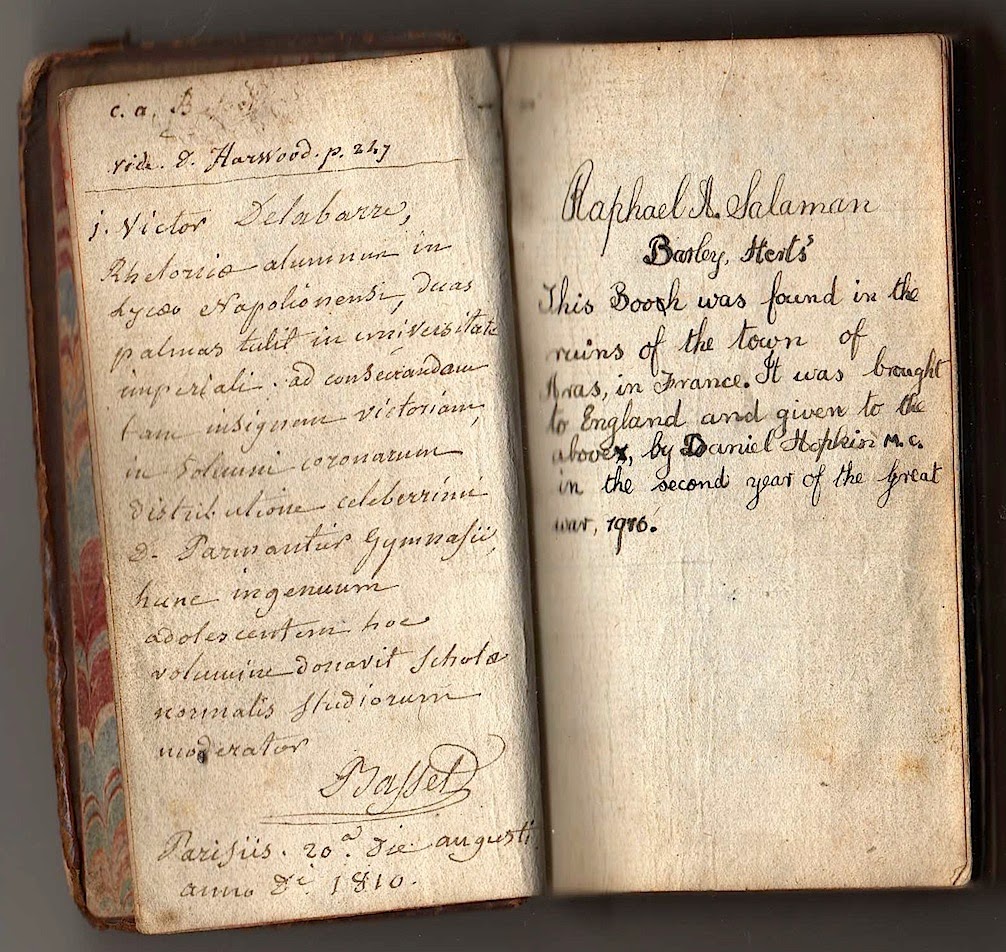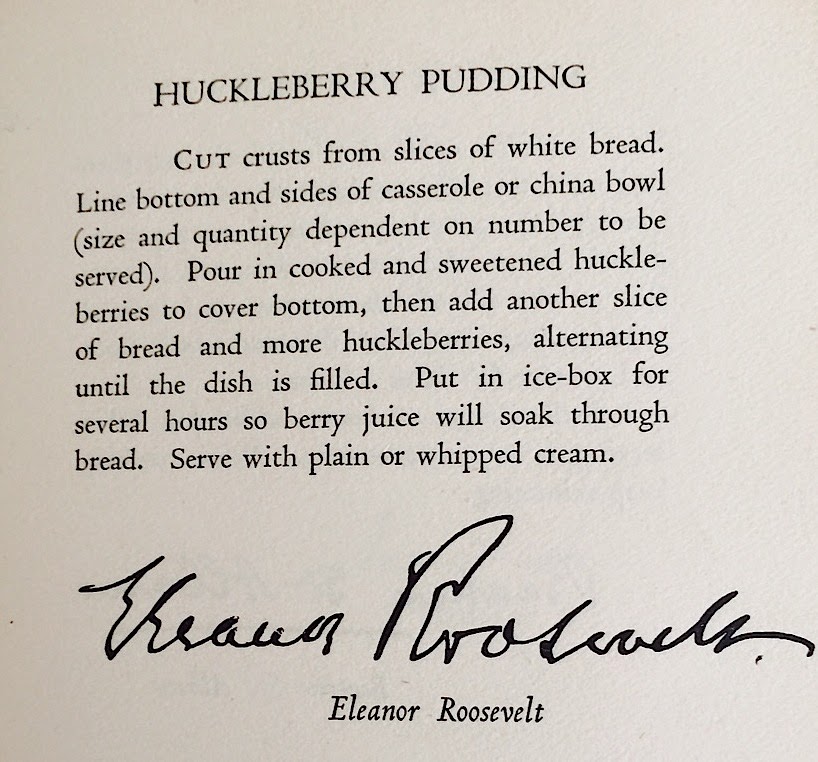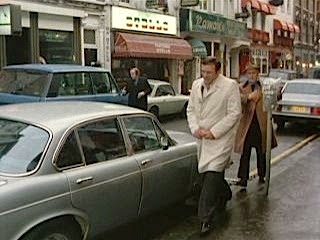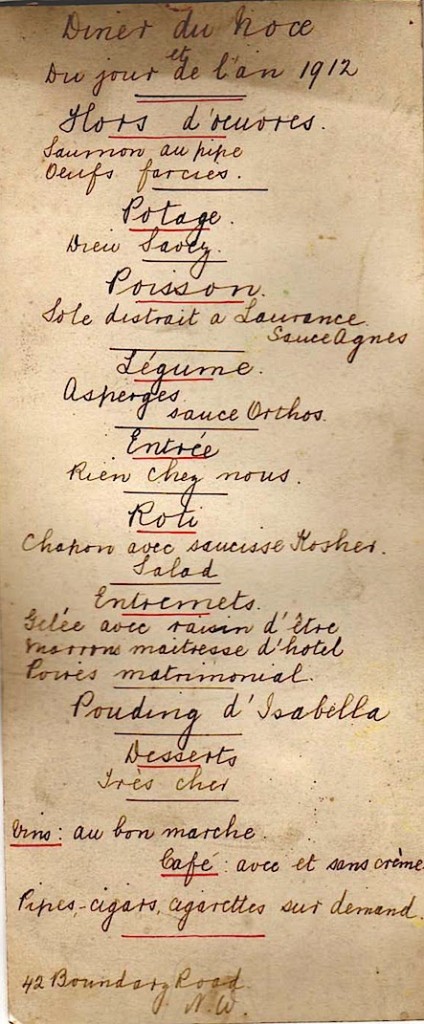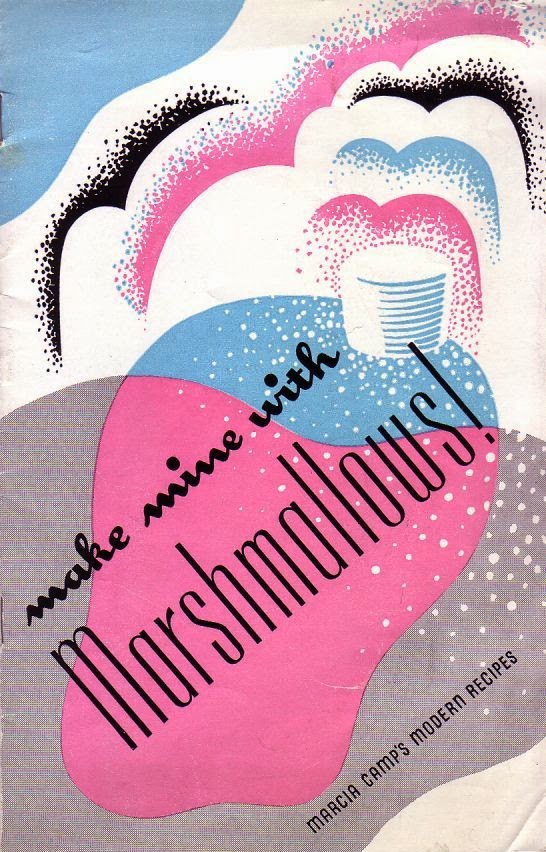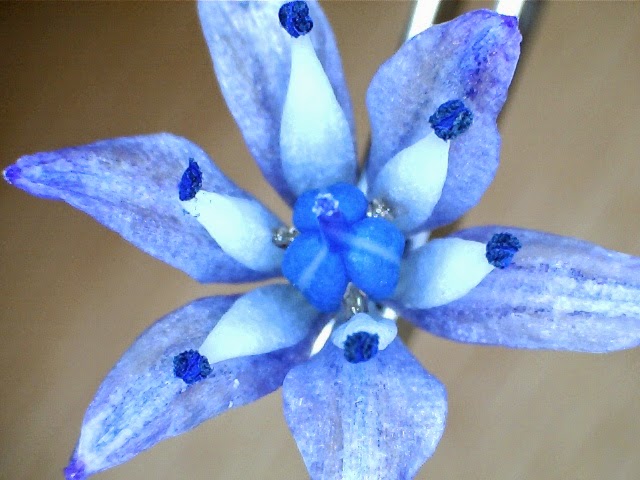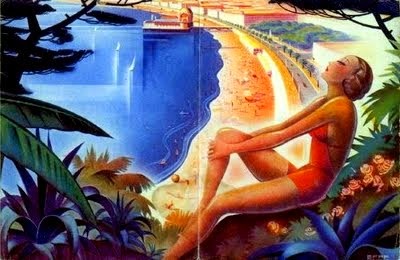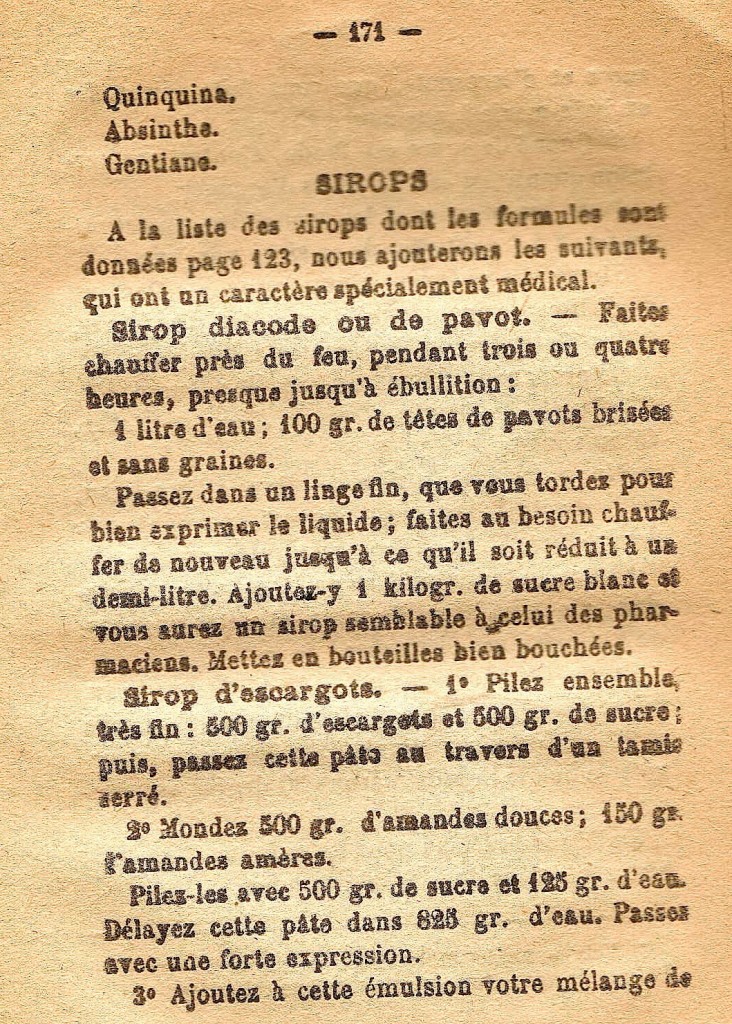Found in a box of books is this photocopy of a typewritten guide to a ‘pub crawl’ (walk no 41) of various late Victorian ‘gin palaces’ in North London arranged by the Victorian Society on 16th September 1966. The guides were two architects-- Roderick Gradidge and Ben Davis—both of whom had designed interiors for Ind Coope. Judging by their descriptions of the pubs they planned to visit, both were also passionate and knowledgeable fans of late Victorian architecture and design. The grand plasterwork of the ceiling cornices and Art Nouveau stained glass is pointed out as being of special interest. But the two men also emphasised the ways in which Victorian pub architects tried to make their interiors both glamorous and homely as a way of getting their (mainly) lower middle class drinkers (mention is made of Mr Pooter’s ‘raffish’ friends) to spend hours away from their more humble abodes, much (we might add) in the way that the designers of Music Halls and northern shopping arcades (one thinks of Frank Matcham ), and grand hotels, were doing in the same era. Here are the guides admiring the combination of grandeur and intimacy found in the Queen’s Hotel, Crouch End (below):
All the way round there were through views, glimpses of the other bars, and as a result one was able to feel that one was standing in one part of a single large space, large enough to tolerate the considerable height without become vertical. Since the space was so well subdivided…one could feel secluded in a sufficiently small and enclosed space, but since the proportion of the greater space was horizontal a feeling of repose was retained which could not have belonged to tall, restricted vertical rooms. This method of subdividing an area into small bars by means of partitions, which were half-glazed with semi-obscured glass, and were not much above six feet high, was peculiar to Victorian pubs, and goes a long way to explaining the incomparable drinking atmosphere they provide...
Continue reading






